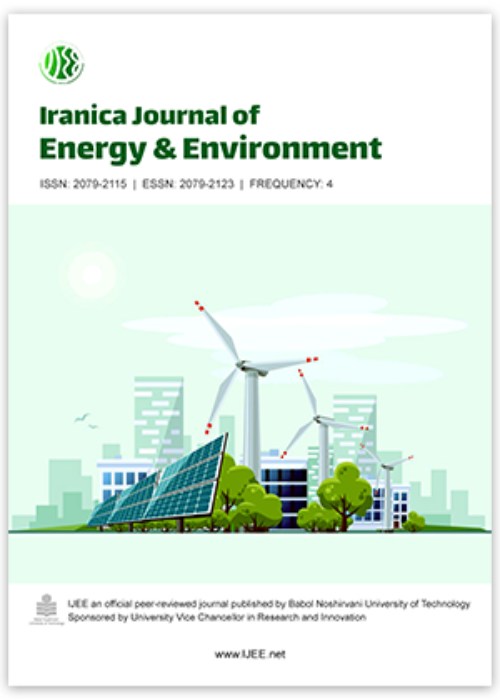Use of Geographical Information System and Water Quality Index to Assess Groundwater Quality in El Khairat Deep Aquifer (Enfidha, Tunisian Sahel)
Author(s):
Abstract:
Groundwater is the most important natural resource required for drinking to many people around the world, especially in rural areas. The resource cannot be optimally used and sustained unless the quality of groundwater is assessed. Positioned in Enfidha City-in northeastern Tunisia, the watershed of El Khairat stretches geographically from 40.07° to 40.36° North latitude; and from 8.56° to 9.02° East Longitude. In this region, El Khairat aquifer is the most important groundwater aquiferous system which is considered a major source for drinking and irrigation. In Tunisia, since the quantity and the quality of water available for different uses is variable from one place to another, groundwater quality in El Khairat deep aquifer was evaluated for its suitability for drinking purposes. To this end, an attempt has been made for the first time in order to determine spatial distribution of groundwater quality parameters and to identify places with the best quality for drinking within the study area based on: (1) an integrated analysis of physical-chemical parameters, (2) use of Geographical Information System and (3) Water Quality Index calculation. The physico chemical results were compared to the standard guideline values as recommended by the World Health Organization (WHO) for drinking and public health in order to have an overview of the present groundwater quality. According to the overall assessment of the basin, almost all the parameters analyzed are above the desirable limits of WHO. Using GIS contouring methods with Arcview 3.2a, spatial distribution maps of pH, TDS, EC, TH, Cl, HCO, SO4, 3 NO3, Ca, Mg, Na and K, have been created. An interpolation technique, ordinary Inverse Distance Weighted (IDW), was used to obtain the spatial distribution of groundwater quality parameters. The spatial analysis of groundwater quality patterns of the study area shows that the TDS value increases from north-west to southeast following the general trend of the Khairat aquifer flow direction. The spatial distribution map of TH shows that a majority of the groundwater samples falls in the very hard category. WQI was used to assess the suitability of groundwater from the study area for human consumption. From the WQI assessment, over 82% of the water samples fall within the ‘‘Poor’’ and ‘‘Very poor’’ categories, suggesting that groundwater from the south-eastern of the El Khairat deep aquifer is unsuitable for drinking purposes.
Language:
English
Published:
Iranica Journal of Energy & Environment, Volume:2 Issue: 2, Spring 2011
Page:
133
magiran.com/p1031841
دانلود و مطالعه متن این مقاله با یکی از روشهای زیر امکان پذیر است:
اشتراک شخصی
با عضویت و پرداخت آنلاین حق اشتراک یکساله به مبلغ 1,390,000ريال میتوانید 70 عنوان مطلب دانلود کنید!
اشتراک سازمانی
به کتابخانه دانشگاه یا محل کار خود پیشنهاد کنید تا اشتراک سازمانی این پایگاه را برای دسترسی نامحدود همه کاربران به متن مطالب تهیه نمایند!
توجه!
- حق عضویت دریافتی صرف حمایت از نشریات عضو و نگهداری، تکمیل و توسعه مگیران میشود.
- پرداخت حق اشتراک و دانلود مقالات اجازه بازنشر آن در سایر رسانههای چاپی و دیجیتال را به کاربر نمیدهد.
In order to view content subscription is required
Personal subscription
Subscribe magiran.com for 70 € euros via PayPal and download 70 articles during a year.
Organization subscription
Please contact us to subscribe your university or library for unlimited access!


